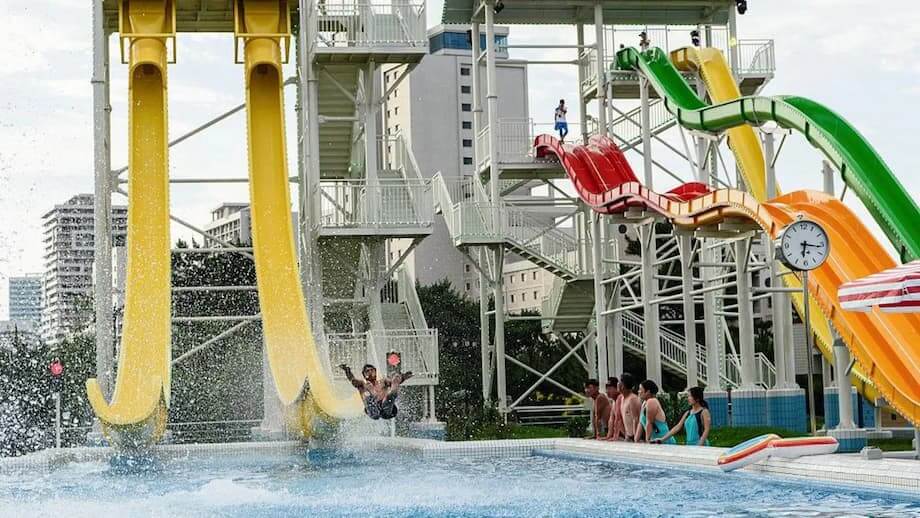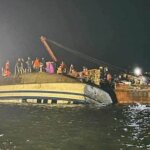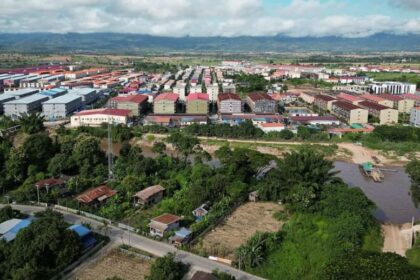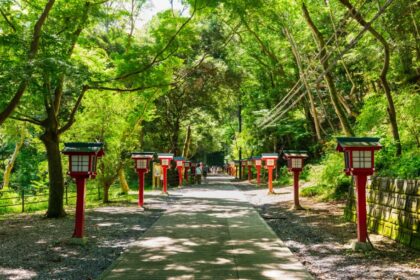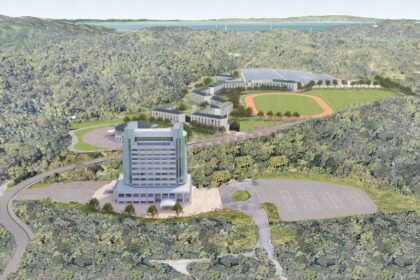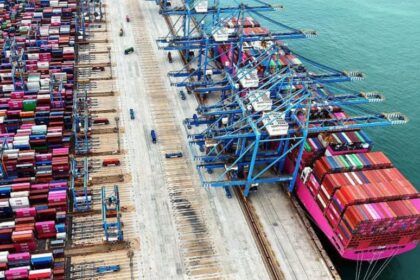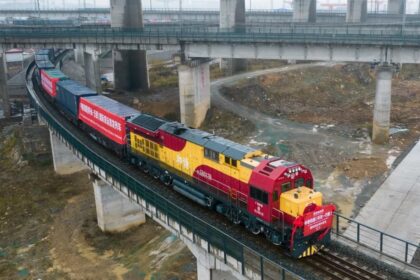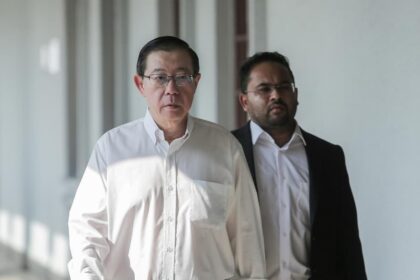North Korea’s Wonsan-Kalma Resort: A Grand Opening Followed by an Abrupt Ban
North Korea’s newly opened Wonsan-Kalma Coastal Tourist Zone was meant to be a symbol of the country’s ambitions to modernize and open up to the world. Touted as a “world-class” seaside destination, the sprawling resort on the country’s east coast was designed to attract both domestic and international tourists, offering a rare glimpse of leisure and luxury in one of the world’s most isolated nations. Yet, just weeks after its much-publicized launch, North Korea has abruptly barred foreign visitors from the resort, raising questions about the regime’s intentions, the viability of its tourism sector, and the broader geopolitical context.
What Is the Wonsan-Kalma Resort?
The Wonsan-Kalma Coastal Tourist Zone is a massive development stretching along approximately 4 kilometers (2.5 miles) of white-sand beachfront in the city of Wonsan, Kangwon province. The resort features dozens of hotels, restaurants, shopping malls, a water park, guesthouses on a man-made lake, and campgrounds, with a reported capacity for up to 20,000 guests. North Korean state media has described the project as a “national treasure-level tourism city,” and leader Kim Jong Un has called it one of the regime’s greatest successes of the year.
Construction of the resort began in 2018, with the project facing repeated delays due to international sanctions and the COVID-19 pandemic. The original opening was planned for April 2019, timed to coincide with the birthday of North Korea’s founder, Kim Il Sung. However, shortages of materials and the country’s strict pandemic border closures pushed the opening back several years. The resort finally opened to domestic visitors on July 1, 2025, with a ribbon-cutting ceremony attended by Kim Jong Un and his family.
Why Was the Resort Built?
Tourism has long been seen as a potential source of much-needed foreign currency for North Korea, whose economy has been battered by international sanctions targeting its nuclear and missile programs. The Wonsan-Kalma project was envisioned as the centerpiece of a broader effort to attract international visitors, particularly from neighboring China and Russia. Before the pandemic, Chinese tourists accounted for more than 90% of North Korea’s foreign visitors, and Russian travelers were seen as a promising new market.
Kim Jong Un’s personal connection to Wonsan—where he reportedly spent much of his youth among the holiday villas of North Korea’s elite—added to the symbolic importance of the project. The regime hoped the resort would showcase a modern, prosperous image to the outside world and help establish North Korea as a legitimate player in the global tourism industry.
The Sudden Ban: What Happened?
Despite months of promotion and the arrival of the first group of Russian tourists in early July, North Korea’s tourism authorities announced on July 18 that foreign visitors would be “temporarily” barred from the Wonsan-Kalma resort. The notice, posted on the official DPR Korea Tour website, offered no explanation for the decision or any timeline for when the ban might be lifted. The move came just days after Russian Foreign Minister Sergei Lavrov visited the resort, meeting with Kim Jong Un and praising the development as a promising destination for Russian travelers.
This abrupt reversal has left analysts and observers puzzled. The resort had been heavily marketed to foreigners, and tour operators had already scheduled additional trips for Russian tourists in the coming months. The ban also comes at a time when North Korea has been cautiously reopening its borders after years of pandemic-related isolation, allowing limited numbers of Russian and Western tourists to visit other parts of the country earlier in the year.
Official Silence and Speculation
North Korean authorities have not provided any official reason for the ban. This lack of transparency is typical of the regime, which tightly controls information and rarely explains sudden policy shifts. However, several theories have emerged among experts and foreign media:
- Critical Media Coverage: Some analysts believe the ban was triggered by a Russian journalist’s article suggesting that North Korean visitors at the resort were mobilized by state authorities rather than being genuine holidaymakers. This could have embarrassed the regime, which is highly sensitive to international perceptions of its domestic affairs.
- Incomplete Development: Satellite imagery and reports from visitors indicate that parts of the resort may still be under construction or not fully operational. North Korea may have decided to restrict foreign access until the site is fully ready to meet international standards.
- Security and Control: The presence of missile facilities and military complexes in Wonsan, as well as the regime’s general wariness of foreign influence, could have contributed to the decision. Foreign tourists in North Korea are closely monitored and restricted in their movements, and the regime may have been concerned about security risks or unwanted scrutiny.
- Economic and Logistical Challenges: Attracting large numbers of Russian or Chinese tourists may be more difficult than anticipated, due to travel costs, distance, and ongoing border restrictions. Without a steady stream of foreign visitors, the resort’s financial viability is in doubt.
Geopolitical Context: Russia, China, and North Korea’s Tourism Gamble
The timing of the ban—immediately following Lavrov’s high-profile visit—has fueled speculation about the role of geopolitics in North Korea’s decision-making. In recent years, North Korea and Russia have deepened their diplomatic and military ties, with Pyongyang reportedly supplying weapons and even troops to support Russia’s war in Ukraine. Lavrov’s visit to Wonsan was seen as a gesture of goodwill, and Russian officials have expressed interest in boosting tourism and economic cooperation with North Korea.
However, the reality on the ground is more complicated. While Russian tourists were the first foreigners to visit the resort, the numbers remain small, and logistical challenges—such as the distance from Moscow and the cost of travel—limit the potential market. Direct flights between Moscow and Pyongyang are set to launch soon, but it remains unclear whether this will translate into significant tourist flows.
China, meanwhile, remains North Korea’s most important economic partner and the primary source of foreign tourists. Yet, group tours from China have not resumed since the pandemic, depriving the regime of a crucial source of foreign currency. Without Chinese or Russian visitors, the Wonsan-Kalma resort is unlikely to generate enough revenue to justify its enormous investment.
Tourism as a Lifeline—and a Risk
For North Korea, tourism is more than just a business opportunity. It is a rare channel for earning foreign currency in the face of crippling international sanctions. The regime has long sought to develop “special tourist zones” that can attract foreign visitors while keeping them isolated from the rest of the country. However, opening up to outsiders also carries risks—both in terms of security and the potential for negative publicity.
As Ahn Chan-il, head of the World Institute for North Korean Studies, explained to Euronews:
If foreign tourists aren’t allowed to the site, no Russian rubles, Chinese yuan and dollars will come in. Then, North Korea can’t break even and it has to shut down the resort.
In other words, the regime faces a dilemma: it needs foreign tourists to make the resort viable, but it is wary of the scrutiny and unpredictability that come with opening its doors to the outside world.
Human Rights Concerns and Domestic Realities
The construction of the Wonsan-Kalma resort has not been without controversy. Human rights groups have raised concerns about the treatment of workers involved in the project, citing reports of forced labor, long hours, harsh conditions, and inadequate compensation. Such practices are not uncommon in North Korea, where the state often mobilizes citizens for large-scale construction projects under the guise of patriotic duty.
At the same time, the gleaming new resort stands in stark contrast to the widespread poverty and food insecurity reported by international observers across North Korea. While state media portrays the Wonsan-Kalma zone as a bustling hub of leisure and prosperity, most North Koreans continue to face significant economic hardship. The resort’s opening was accompanied by images of Kim Jong Un relaxing poolside with his daughter, Kim Ju Ae, underscoring the gap between the regime’s elite and the general population.
Domestic Tourism: A Temporary Solution?
With foreign visitors now barred, North Korean authorities have focused on promoting the resort to domestic tourists. State media claims the site is crowded with local holidaymakers, but independent verification is difficult. Some analysts suggest that many of these visitors may have been mobilized by the government to create the appearance of success, rather than reflecting genuine demand.
Even if the resort is popular among North Koreans, the country’s limited purchasing power and lack of a sizable middle class mean that domestic tourism alone is unlikely to sustain such a large and expensive facility. The long-term viability of the Wonsan-Kalma project depends on attracting foreign visitors and generating hard currency—goals that now seem further out of reach.
What Happens Next?
The future of the Wonsan-Kalma resort remains uncertain. North Korean authorities have described the ban on foreign tourists as “temporary,” but have given no indication of when it might be lifted. Experts believe the restriction may be short-lived, as the regime cannot afford to let such a major investment go to waste. However, the underlying challenges—sanctions, border controls, security concerns, and the risk of negative publicity—are unlikely to disappear anytime soon.
In the meantime, the resort stands as a testament to both North Korea’s ambitions and its limitations. It is a showcase of what the regime hopes to achieve—a modern, prosperous, and internationally connected nation—but also a reminder of the obstacles that stand in the way. The abrupt ban on foreign tourists is emblematic of the regime’s broader struggle to balance openness with control, and economic necessity with political caution.
In Summary
- North Korea’s Wonsan-Kalma Coastal Tourist Zone opened in July 2025, aiming to attract both domestic and foreign tourists.
- Just weeks after opening, North Korea abruptly banned foreign visitors from the resort, offering no official explanation.
- The ban followed a high-profile visit by Russian Foreign Minister Sergei Lavrov, who praised the resort and discussed boosting Russian tourism.
- Analysts suggest the ban may be linked to critical media coverage, incomplete development, security concerns, or economic challenges.
- The resort is a major investment for North Korea, which needs foreign currency to sustain it, but ongoing sanctions and border restrictions limit its prospects.
- Human rights groups have raised concerns about forced labor during the resort’s construction, and the project highlights the gap between the regime’s elite and the general population.
- Experts believe the ban may be temporary, but the future of the Wonsan-Kalma resort—and North Korea’s broader tourism ambitions—remains uncertain.


